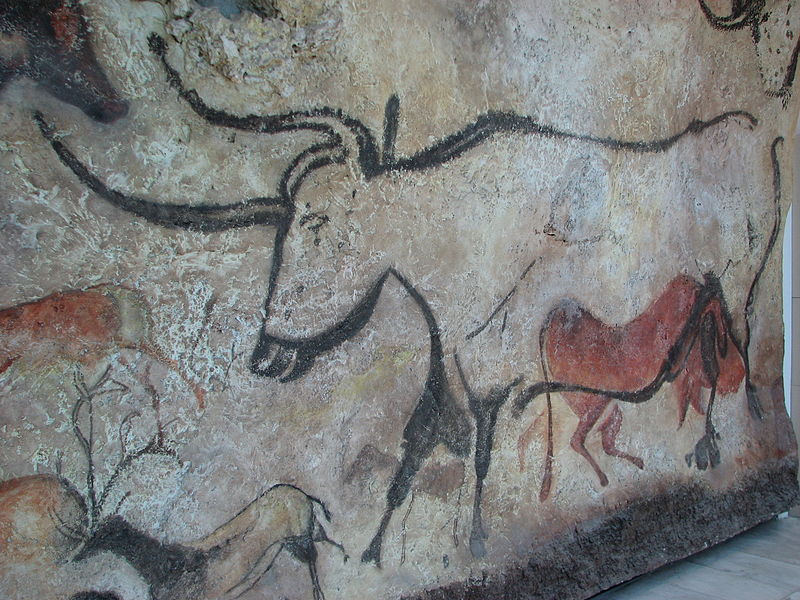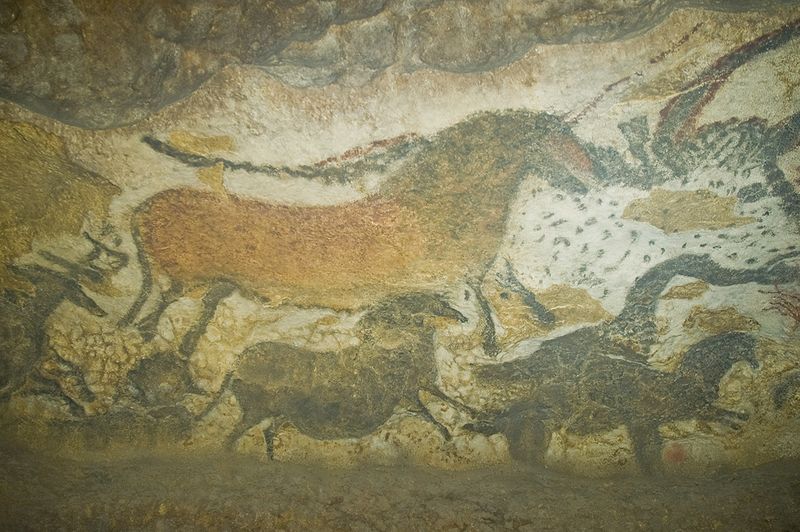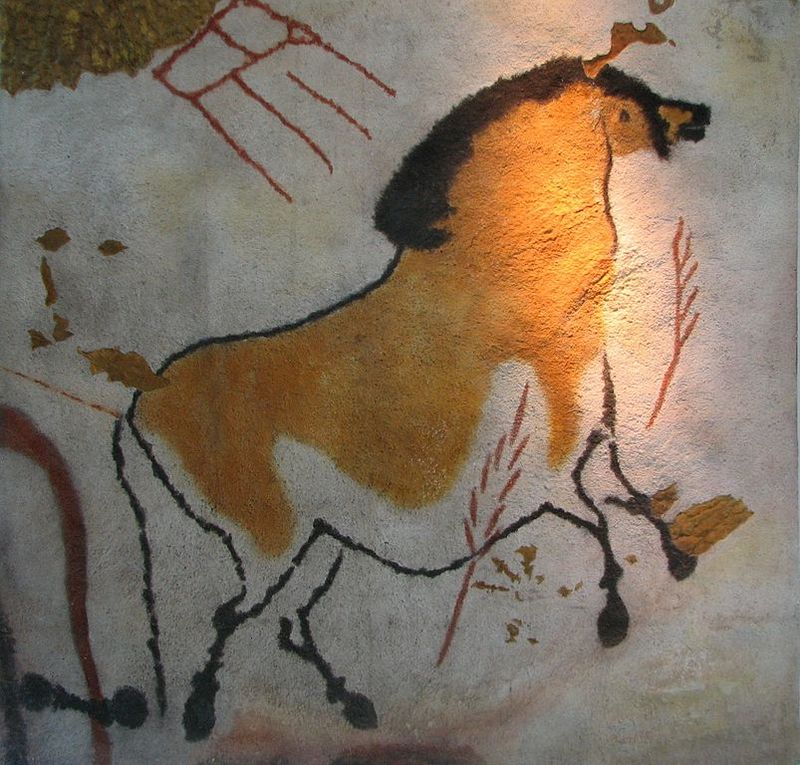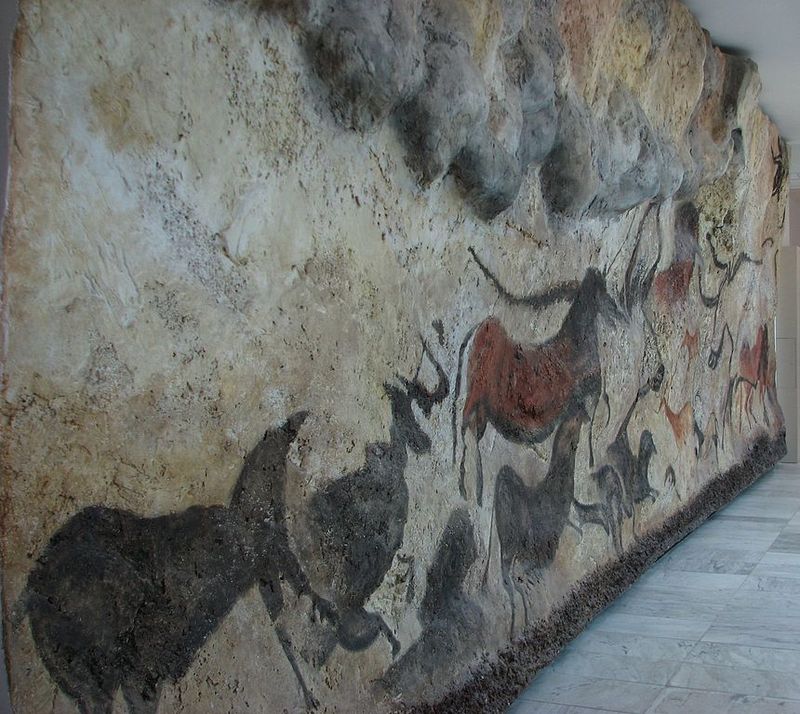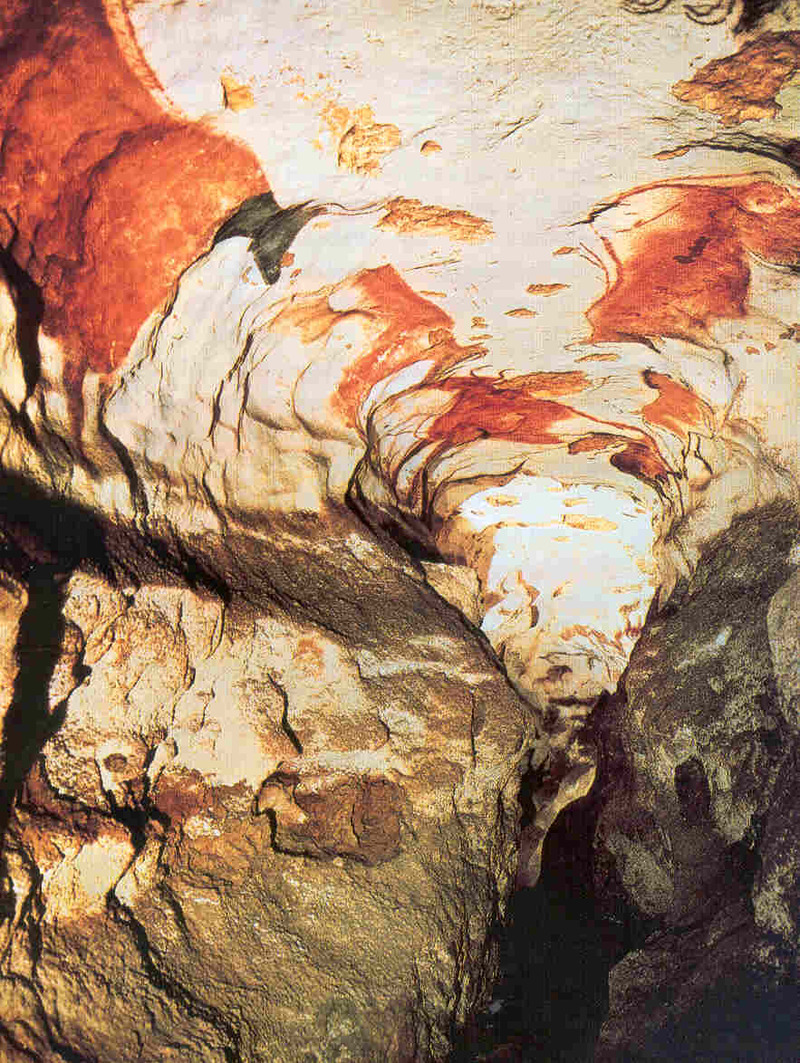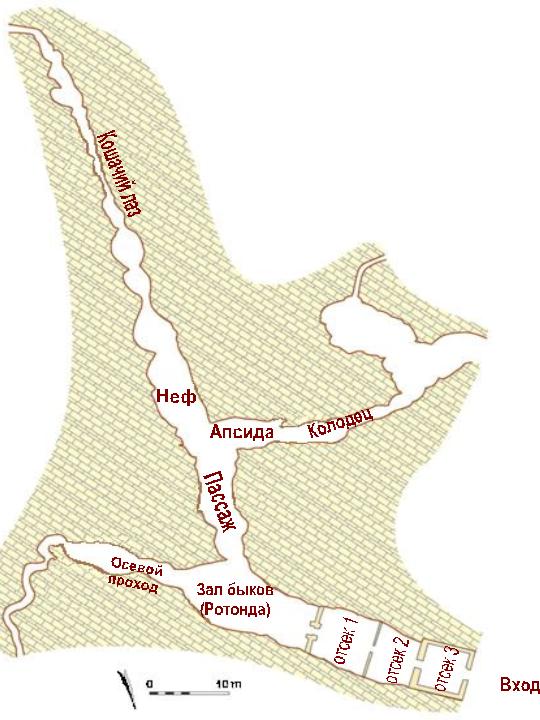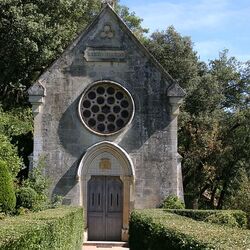Lascaux Cave
Lascaux (Lascaux) is a cave in France with rock paintings dating back about 20,000 years ago. Sometimes the cave is called the "Sistine Chapel of primitive Painting", because a huge number of engravings and images have been perfectly preserved here. In 1979, the cave, along with the historical sites of the Weser River, was protected by UNESCO.
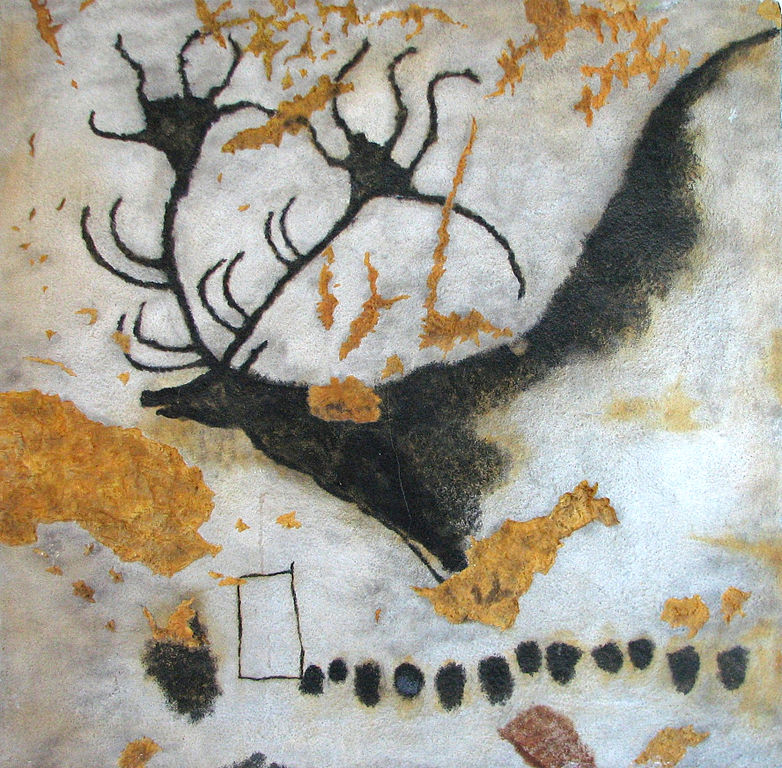
Lascaux Cave was first discovered by children on September 12, 1940, who noticed a gap in the mountain after a tree fell. The children told the teacher about this, and after 2 weeks Henri Breuil, a specialist in primitive society who was hiding in this region from the German invaders, began exploring the cave. Henri, through careful research, made sure that the drawings were authentic. Soon he went to Spain, then to Portugal and South Africa, and Henri returned home only in 1949. At that time, he and his friends began a new stage of excavation of the cave and hoped to discover the graves of ancient people, but instead unearthed even more drawings. By 1963, a group of researchers had made an inventory and counted 1,433 drawings in an area of more than 100 m2. Today, about 1,900 drawings are being read.
In 1948, they decided to let visitors into the cave, for this they connected the cave to the power grid, carried out excavation work, and built a staircase. The entrance was closed with a huge bronze door. After 7 years, the damage to the rock paintings was noticed. It was soon found out that the reason for this was exhaled carbon dioxide and water vapor, which reacted with salt, which protected the images like varnish. The resulting calcium bicarbonate corroded the drawings. For this reason, in 1957, a system was installed in the Lascaux cave to restore the required humidity and temperature. It didn't help for long, though. The number of tourists reached thousands of people a day, which is why researchers had to excavate at night. In 1960, the established environment became favorable for the development of algae on the cave walls, even ozone purification of the air did not help. And then the French Minister of Culture in 1963 forbade tourists to enter the cave. In order not to upset the tourists too much, the Lascaux II cave was built, in which the drawings from the original were recreated.
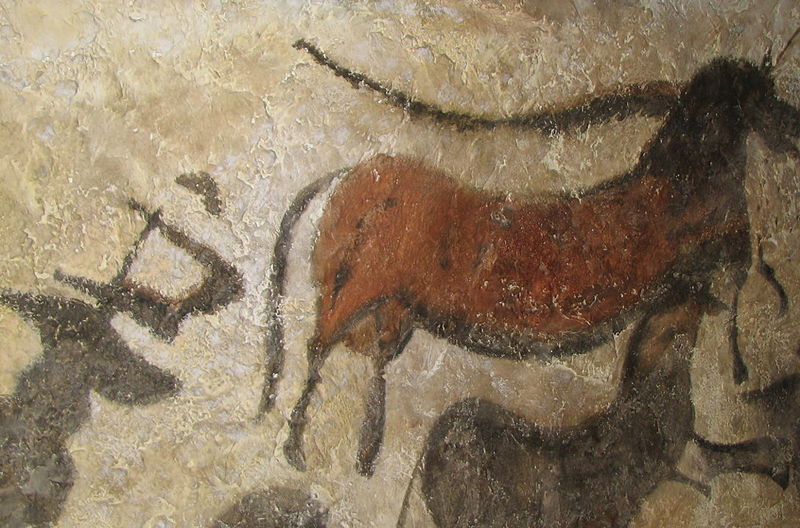
For 15 years, tourists have severely damaged the cave's special microclimate, which has been preserved for thousands of years. The consequences are still being eliminated - specialized teams clean the cave walls every 2 weeks from algae, fungi and other parasites that harm the rock patterns.
Lascaux is a small cave: the total length is about 250 meters, and the average height is about 30 meters. The researchers divided the cave into several halls: the bull's hall (aka the rotunda), the axial passage, the nave, the passage, the apse, the cat's hole, the well.
The bull hall is the most beautiful in the cave, as here you can see drawings with bison up to 5 meters in length. There are 2 rows of bison running through the cave from two sides, which meet with horses, deer and a "unicorn". In the axial passage, bulls and horses are surrounded by deer and sheep. To apply some images, scaffolding had to be erected, as they were made at a height of several meters and on the ceiling. It is difficult to get into the cat's manhole, but it is there that the oldest and most primitive cave paintings of feline animals are located. The apse contains the most images of animals, symbols, and geometric shapes.
The cave still never ceases to amaze with its finds, and the drawings often carry a hidden meaning. For example, scientists believe that the eyes of some animals form constellations, and some scenes in the Lascaux cave have a mythical connotation.
